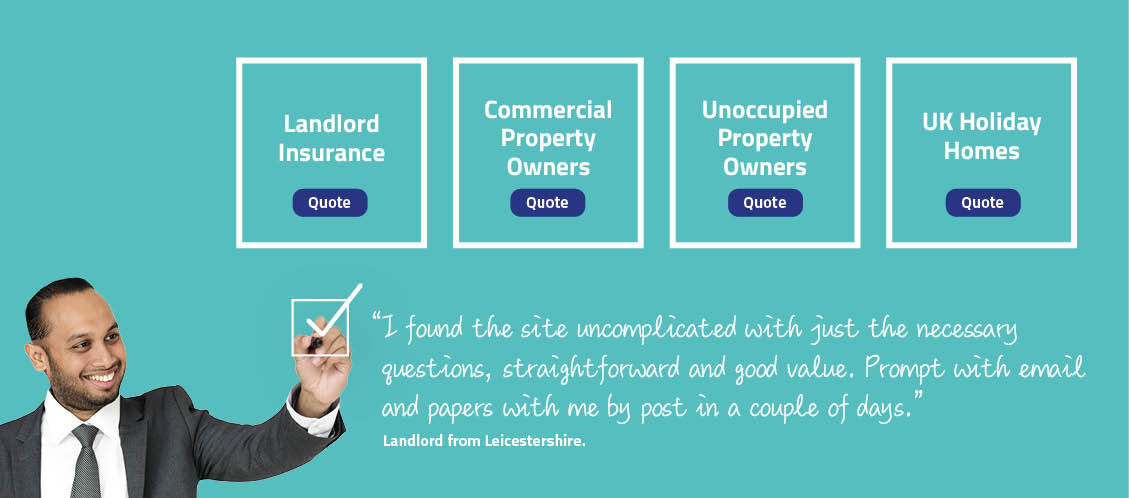If you are having difficulty in letting your property, particularly in a fairly buoyant market, you might want to re-think your marketing and management strategies.
You are soon likely to discover that there is rather more to being a landlord than finding tenants for your property and then just collecting the rental income. You need to be able to manage your property efficiently while at the same time taking heed of regulations, as well as obligations that you may have to your tenants.
In short, getting the right sort of tenants for your property is by no means easy, even if the market is buoyant and in your favour.
You may wish to review our comprehensive Guide to Marketing your rental property – and, in the meantime, here are a few tips and suggestions to start the ball rolling.
Marketing
Consider where you are advertising and whether or not your chosen outlet makes sense in terms of your target tenant segments. For example, if you are keen to let to students then advertising on the internet and special student sites may be more successful than, for example, using conventional establishment newspapers.
Aggressively review your advertising approach. Once again, advertisements stuck in the local paper might be fine but if you are looking to attract tenants from other areas or move your property upmarket, then that might not be the best approach. Make sure that your advertising environment matches your letting aspirations.
Image
Different people want different things out of a rented property. Young professionals may typically incline towards modern clean lines and decor. Families may prefer rather more traditional and homely comfort type surroundings and perhaps a garden. Think about the image your property is presenting and whether it is appropriate for your target market segments.
Make a real visual impact statement – and in a positive way! Potential tenants may make a snap decision within a few seconds of seeing your property from the outside alone. Even if that impression is favourable, they may do likewise again within a minute of entering the front door. Therefore, make sure that externally your property is in tip-top appearance and that first-impression internal areas such as entrance hallways also have an equally favourable impact.
Viewings
Remember that viewings are a form of marketing and avoid making apologies. Potential tenants may be easily put off if they are greeted upon an initial viewing by a lengthy list of apologies for things that are wrong with the property. Make sure that nothing is so bad that you have to apologise for it.
Ooze professionalism on the phone and during viewings. Landlords who can’t find their draft tenancy agreement, are not sure what the utility costs are, don‘t know where the boiler is or who seem hazy on local amenities, simply do not help to market their properties. Have all your documentation and facts to hand and at all times appear to be in relaxed but total control of your business.
Be cautious with humour and storytelling. Jokes and banter do not always communicate well to other people and you may risk looking either flippant or offensive. It is also wise to avoid reciting past battles you have had with tenants or associated traumas. You want potential tenants to associate your property with the concept of hassle-free renting and not past problems.
Remember that tenants are your customers, so avoid lecturing or patronising them. Don’t attempt to lay down the law to insist from the outset just who is boss. That comes with the tenancy agreement if you reach that stage. Stay polite, professional and think of your activities as a business.
External appearance
If you are getting initial enquiries but find that these are not translating into viewings, it may be that the external appearance of your property is letting you down. Many potential tenants will do a walk or drive-past before arranging an internal viewing, so make sure that your property looks smart and tidy from the outside.
Internal appearance and amenities
Little is likely to discourage potential tenants more than a property that looks tired and tatty once they enter it. This may be particularly a problem if you are targeting families or young professionals. Getting out the paint and putting up some new wallpaper is neither expensive nor hugely time-consuming – but it may make a huge difference.
Make sure that appliances and lights are all fully working and in the case of gas appliances, that they have been subject to the legally required safety inspections.
Having home comforts that are more than minimalist may make all the difference in your success rate. Doing things such as fitting dimmer switches and adding a microwave to the kitchen, may increase people’s perceptions that you care about their comfort and suggest things such as lifestyle benefits.
Your duties and obligations as a landlord
Keeping yourself up to date with safety regulations which may typically include having all gas and electrical appliances serviced and certified at the start of each tenancy and annually thereafter (every five years in the case of electrical inspections).
If you are letting your property out on a furnished or partially furnished basis then you may have to ensure that all upholstery and soft furnishing fabrics conform to fireproofing regulations.
When you let your property out you have certain responsibilities regarding its condition and its general maintenance and adhering to those responsibilities may involve significant amounts of your time – and not only at times that are convenient for you.
You also need to be fully aware of the rights that your tenants may have and this may include the fact that you may have to give them adequate notice before you enter the let property to carry out repairs.
Further reading: Landlord legislation guide.
Protecting your property
Whether you manage and maintain your let property or use a letting agent or management company to help you out, you may be naturally concerned to protect your asset as much as you can. Suitable and sufficient landlord insurance provides just those safeguards.
Making sure that your landlord’s insurance provides you with cover sufficient for your needs by looking at features such as public liability cover, how to accurately assess the insurance value of your property and its contents etc. may be extremely important – or feel free to get in touch – we’d be very happy to help;
If you have a mortgage on your property, then you may need to inform your lender of any change of use of the property. Buy to let mortgages are obviously specifically designed for you as a landlord but if you have a regular mortgage then its terms may have been based on the assumption that you were living in the property yourself and this may need to be renegotiated if you decide to let.
Failing to meet your obligations as a landlord may not only have legal consequences for you but may also invalidate your insurance cover, putting your investment in your property at risk.








